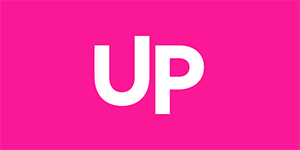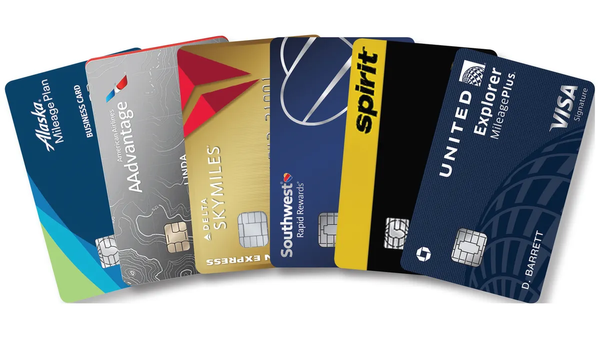Airline Elite Status: The Cult, The Myths, The Sucker’s Game • Day 2/5
Welcome aboard the elite status circus of April 2025. In the world of frequent flyers, airline elite status has become a quasi-religion – complete with its own rituals (mileage runs), status symbols (luggage tags and shiny cards), and a devout congregation chasing the next tier.
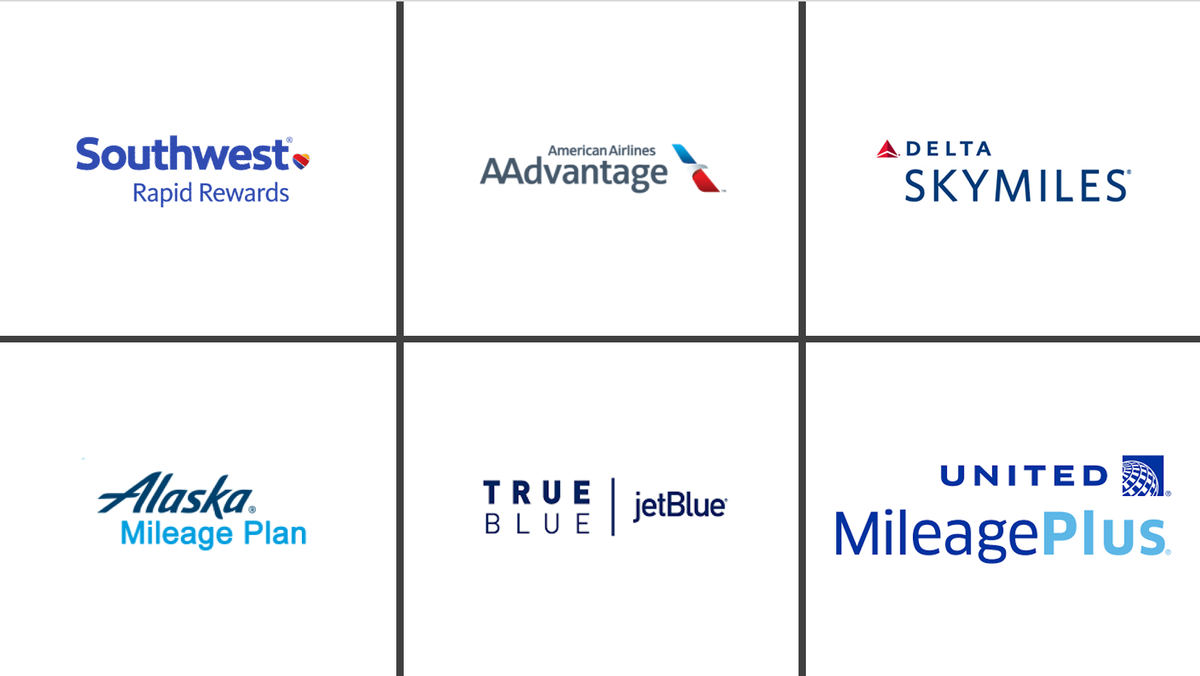
Deep Research Using AI
This epic, nearly 20,000-word beast of an article series was painstakingly conjured up with some Deep Research functionalities. While it may sound incredibly authoritative, well-informed, and even suspiciously insightful, remember—this content is intended for entertainment purposes only. Think of it as the informational equivalent of a late-night Wikipedia rabbit hole: fun, fascinating, occasionally eyebrow-raising, but definitely not something you should bet your house, job, or firstborn on.

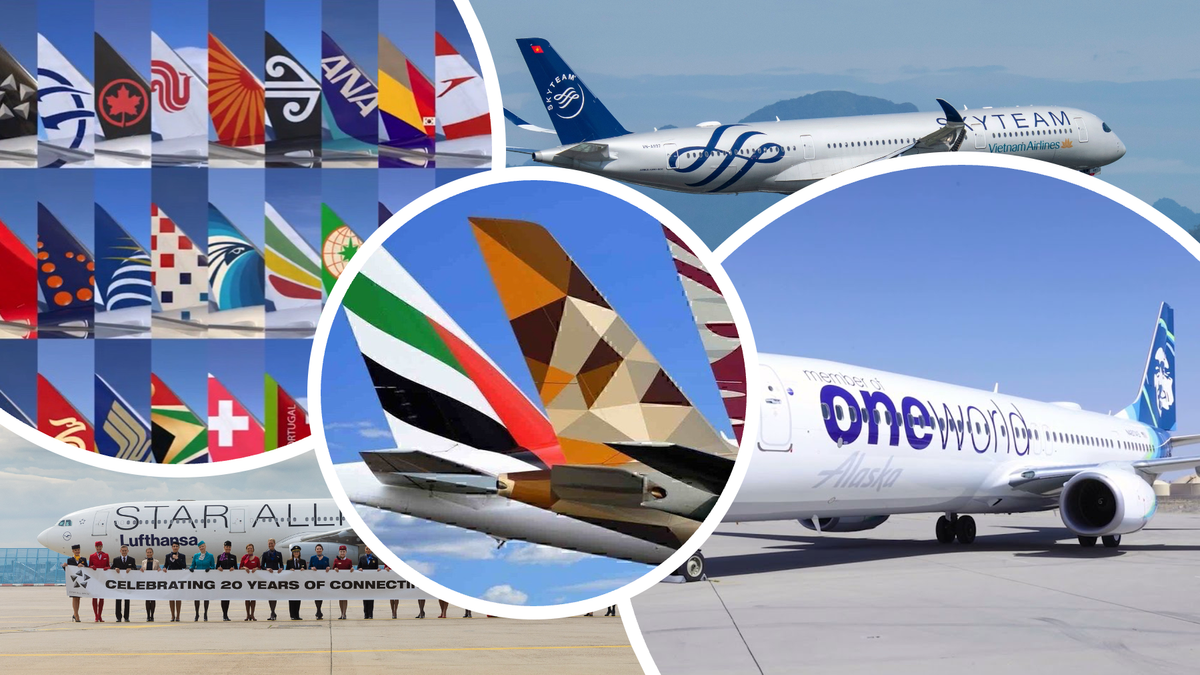
📸: If you have yet to read Part 1/5 ☝🏻
Welcome to April of 2025 - when chasing airline elite status in the U.S. has become less about miles flown and more about money shelled out—and airlines are loving it.
Delta, United, and American have ditched the old loyalty formulas and replaced them with spend-heavy systems that favor big corporate accounts and deep-pocketed flyers. It’s not about how far you fly anymore—it’s about how fast you swipe your Amex. But what do you really get in return for this pricey devotion?
In this no-fluff guide, we’re taking a torch to the smoke and mirrors of U.S. airline loyalty programs. We break down each airline’s elite structure—from Delta’s Medallion madness to American’s Loyalty Points hustle and United’s PQP climb—and expose what’s actually behind the tier thresholds, the credit card incentives, and the mileage math. Expect real-world numbers, ProTips, and plenty of side-eye for the marketing departments that promise luxury but deliver… Group 3 boarding and a snack mix.
We’ll also dive into the subtle traps of “loyalty math,” show you who really wins from these schemes, and offer smarter ways to earn perks without falling for the bait. From status match opportunities to strategically earned upgrades, this is your toolkit for navigating the 2025 status game without losing your wallet (or your dignity).

U.S. Major Airlines: Status Showdown (and Shakedown)
The vast majority of status-chasers hail from the good ol’ USA, where Delta, American, and United have built loyalty empires and a loyal (some might say brainwashed) following. These programs often set the trends that others follow. Each has its own flavor and quirks, but they’re more alike now than ever – especially since all have been moving toward a “show me the money” model of elite status. Let’s call out some specific shenanigans and changes at each:
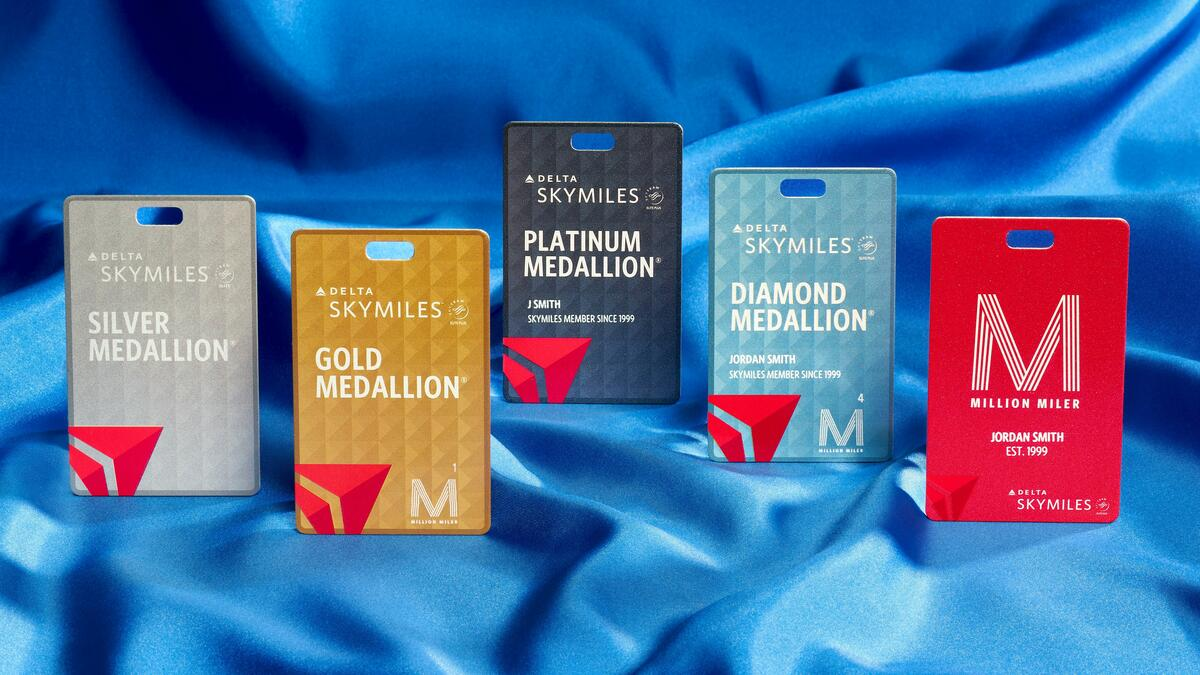
Delta SkyMiles Medallion: “Diamonds Are Forever” (Until They Devalue Them Again)
Delta’s elite program, Medallion, has four published levels named after precious metals and gems: Silver, Gold, Platinum, and Diamond. (There’s also a secret invite-only level above Diamond called Delta 360, but we’ll ignore that.) Don’t let the names fool you – Diamond is the top dog (because apparently calling it “Unobtainium” would be too on the nose). Historically, Delta required a mix of miles flown, segments flown, and dollars spent to earn these tiers. But in 2024 Delta nuked the old system and went all-in on dollars. Now, to reach any Medallion tier, you need to earn Medallion Qualifying Dollars (MQDs) – basically how much you spend – as the sole metric. In plain English: status for sale.
Here’s the current price of admission for the 2024–25 qualification cycle:
- Silver Medallion: $5,000 MQD (meaning you spent ~$5k on Delta flights in a year)
- Gold Medallion: $10,000 MQD
- Platinum Medallion: $15,000 MQD
- Diamond Medallion: $28,000 MQD
Think about that. To be a Diamond (top-tier), you must spend at least $28k a year on Delta. If you’re not a corporate traveler on the company dime, that’s bonkers. Delta used to offer “MQD waivers” if you put $25k on a Delta Amex card – those days are gone for high tiers. They replaced it with complex “MQD boost” features on credit cards (we’ll get to those), but the message is clear: Delta only cares about how much revenue you bring. Fly 100,000 miles on cheap tickets? You might be nowhere near status. Fly one international business class trip that costs $15k? Congrats, you’re nearly Platinum in one go.
So what do you actually get for those big bucks? Delta Medallion perks include the usual suspects – free checked bags (one for Silver, up to three for Diamond), priority check-in/security/boarding, and waivers of many fees. Upgrades: Silver and Gold Medallions get space-available upgrades to first class on domestic flights, but they are low on the totem pole (behind every Platinum, Diamond, and anyone with an upgrade certificate). Platinums and Diamonds also get Choice Benefits: at Platinum you can pick one extra perk (options like a few upgrade certificates, bonus miles, or gifting Silver status to someone), and at Diamond you pick three (options include things like global upgrade certificates – which are highly valuable for upgrading international flights – or an extra year of Sky Club lounge membership, bonus miles, etc). Diamond Medallions also get a dedicated VIP phone line and free Clear membership (expedited security). All Medallion tiers get a mileage earning bonus on Delta flights (e.g. Silver +40%, Diamond +120%). Also, Delta elites get some nice non-flight perks like priority car rentals (e.g. Hertz status)
It sounds great until you consider how many people qualify. In mid-2023, Delta reportedly had more Diamond Medallions than ever – too many, in fact. Delta’s reliable operations and strong network attracted armies of road warriors. The result? Lounge overcrowding, packed upgrade lists, and diluted perks. Delta’s response was to drastically raise the bar (the MQD levels above) and to severely restrict lounge access for many customers. In late 2023, they announced that Amex Platinum cardholders (who previously enjoyed unlimited Sky Club visits) would be limited to a handful of visits per year unless they spent $75k on the card, and even hinted at limiting how many times elites themselves could use lounges. The backlash from loyal customers was immediate and fierce – so much so that Delta’s CEO had to publicly apologize and roll back some change. In the end, Delta eased up: as of 2025, Amex Platinum cardholders get 10 Sky Club visits per year (or unlimited with high spend), and the MQD requirements were slightly moderated (they initially floated Diamond at $35k, but settled on $28k after the outcry).
The whole saga illustrates the status hamster wheel: Delta made status too “easy” (or rather, too many people found ways to get it via credit cards and work travel), so they made it much harder, angering their best customers. Now fewer will qualify, which might improve the experience for those who remain, but you can bet in a few years the cycle will repeat.
A sobering stat: A 3rd-party analysis valued the perks of Delta Diamond Medallion at around $19,000 per year, but estimated it costs the average person over $33,000 in spend to earn that status. That’s a negative return on investment for anyone footing their own travel bill. Delta’s betting only big corporate spenders will remain in that tier.
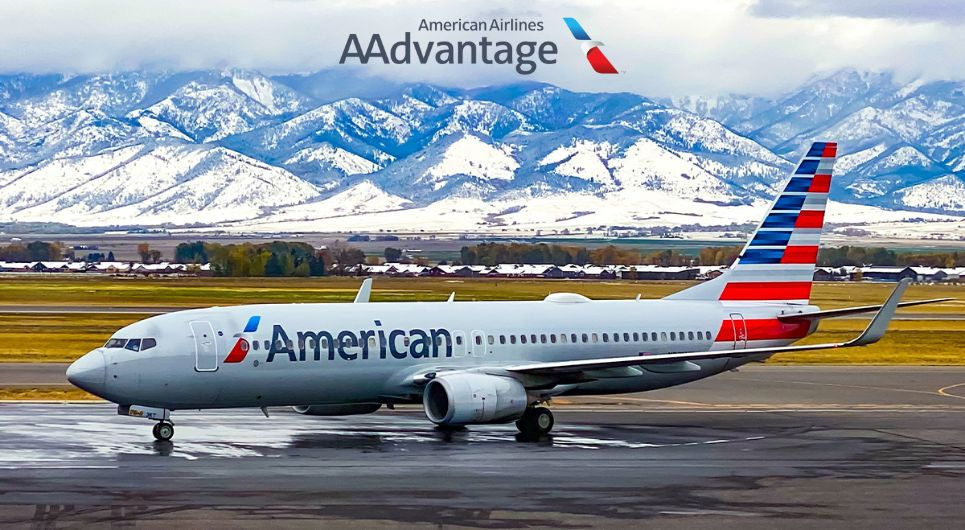
American AAdvantage: Loyalty Points – "Walmart-ification" of Status
American Airlines took a different, somewhat revolutionary path starting in 2022: they introduced Loyalty Points as the sole metric for status. They basically said, “Earn points doing anything – flying, using credit cards, shopping, whatever – and if you hit certain totals, you’re elite.” You can literally earn American status without flying a mile. Every dollar spent on an AA credit card = 1 Loyalty Point. Use the AA online shopping portal, dining rewards, etc., also 1 point per mile or dollar. This move blurred the line between traveling for status and shopping for status.
For 2025 status, American kept the same qualification thresholds (which were already bumped up when Loyalty Points launched:
- Gold: 40,000 Loyalty Points.
- Platinum: 75,000 points.
- Platinum Pro: 125,000 points.
- Executive Platinum: 200,000 points.
To give an idea, you earn 5 Loyalty Points per dollar on AA airfare (base fare) – so a $500 ticket = 2,500 points. Credit card spend is 1 point per $1 (or more if category bonus, but those don’t count extra, it’s usually base only). Many hardcore AA fans have taken to putting every single expense on their AA credit cards to hit these numbers. You could spend $200k on the card and be an Executive Platinum without ever flying, theoretically.
American realized this could create way more elites (which it did), so they built in some safeguards: to get the really juicy perks (like systemwide upgrade certificates), you not only need to hit Executive Platinum, but also fly at least 30 flights and earn additional points to unlock those as Loyalty Choice Rewards. They also did not increase the thresholds for 2026, perhaps to avoid further swelling the ranks. Instead, AA has been tinkering around the edges: adding minor perks at lower levels (e.g. at 15k points you get a luggage tag, at 60k you might get group 4 boarding for a year if no status, etc.), and more options for Choice Rewards for higher tiers (like Avis status or extra upgrade credits).
So what’s life like as an AA elite now? Here are some of the benefits:
- Upgrades: American offers unlimited complimentary upgrades on domestic flights for all elites (Gold and up). However, upgrades for mid/low tiers (Gold, Platinum) only clear when seats are still empty at the gate (rare on popular routes). Executive Platinums clear up to 100 hours out, Platinum Pros 72 hours, Platinums 48, Gold 24. In practice, flights from major hubs often go out with many Exec Plat and Plat Pro on the list and a few upgrade seats, so lower tiers rarely see the front. AA also gives 4 systemwide upgrade certificates (SWUs) to Executive Platinums each year, which can upgrade any flight (including long-haul) if space is available. These are highly coveted, but finding availability to use them can be challenging.
- Oneworld Emerald/Sapphire perks: AAdvantage Platinum and above get oneworld Sapphire (or Emerald for Plat Pro/Exec Plat). That means lounge access when traveling internationally, priority lanes, extra bags – all the alliance goodies we covered. One wrinkle: AA’s own elites do not get access to AA lounges on domestic trips (same issue as United). However, if you’re flying AA domestically and you have oneworld status via BA or another airline, you could access the lounge. Go figure.
- Fee waivers: At Executive Platinum, you pay no award cancellation/redeposit fees, no same-day change fees, etc. Lower tiers get some fees waived or reduced (for example, Gold/Plat pay $150 for award redeposit, Exec Plat $0).
- Seat benefits: Platinum and above get extra-legroom seats (Main Cabin Extra) for free at booking; Gold gets them free only at check-in if available. All elites get a free checked bag (actually 2 for Plat and above, 3 for Exec Plat). They also get Priority boarding (Gold in Group 4, Platinum in Group 3, etc., right after first/business).
- Customer service: AA has anecdotally less stellar service for elites compared to Delta. They do have dedicated elite phone lines, but many report it’s hit or miss. One nice perk: top elites sometimes get access to “CK” agents (ConciergeKey – invite only status) during major irregular operations.
One big upside of AA’s program now: miles are easier to earn (since everything earns them) and they’ve kept partner award charts mostly intact. So an AA elite might rack up a ton of miles through flying and card spend, and then use those miles for something like Cathay Pacific first class or Qatar's Qsuite business class. If you play the game right, you can get huge value from the miles, which softens the fact that status benefits on AA (like upgrades) are harder to actually enjoy due to competition.
However, American’s approach also means some folks are swimming in status they barely use. There are people with Platinum status who fly twice a year but got it via credit card and random points. This arguably hurts the frequent flyers who actually earn it by flying, because it adds more bodies to the upgrade/standby list.
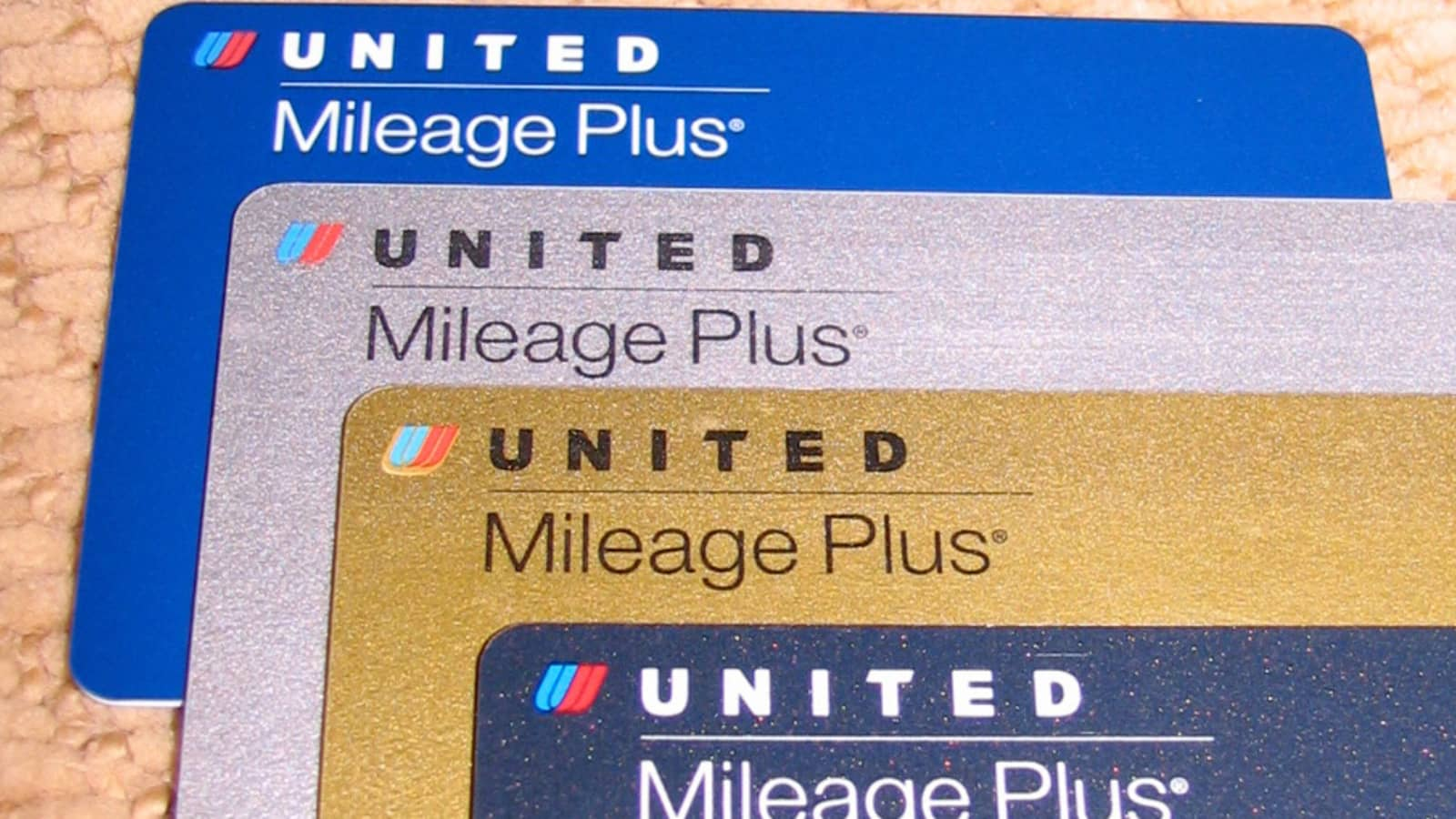
United MileagePlus: Old-School Elite, New-School Spend
United’s MileagePlus program, for better or worse, has been the middle-of-the-road in terms of changes. It still uses a hybrid qualifying system: Premier Qualifying Flights (PQF) + Premier Qualifying Points (PQP), or PQP alone if that’s higher. PQP are essentially dollars spent on United (and a bit for partner flights based on fare). In 2020 United killed the mileage requirement and went all-in on spend + flights. Now Delta has leapfrogged to spend-only, and American to “everything counts”, leaving United kind of looking… conservative!
United has four published Premier levels: Silver, Gold, Platinum, 1K (plus the invite-only Global Services above that). They announced higher qualification bars for the 2025 qualification year (to earn 2026 status):
- Premier Silver: 6,000 PQP (or 5,000 PQP + 15 flights) – up from 5k/4k before
- Premier Gold: 12,000 PQP (or 10,000 + 30 flights) – up from 10k/8.
- Premier Platinum: 18,000 PQP (or 15,000 + 45 flights) – up from 15k/12.
- Premier 1K: 28,000 PQP (or 22,000 + 60 flights) – up from 24k/18.
So roughly a 20-25% hike across the board. United clearly saw Delta’s changes and thought “we can also weed out some freeloaders.” However, United still rewards butt-in-seat flying: If you take a lot of flights, you can qualify with slightly fewer PQP. This is helpful for people who take many short hops (e.g. regionals).
United Elite Perks:
- Upgrades: United, like Delta and AA, offers unlimited domestic first-class upgrades to all elites. They use a algorithmic list – higher status, fare class, credit card holders, etc., all factor into your priority. In practice, Silvers on United rarely get upgraded except maybe on a 6am Saturday flight from Des Moines. Golds do a bit better, Platinums and 1Ks snag most of what’s available. United’s trump card is PlusPoints: when you hit Platinum, you get 40 PlusPoints; at 1K, you get 280 (and you can earn more by flying beyond 1K thresholds. PlusPoints can be used to confirm upgrades: e.g. 40 can upgrade a long-haul business class, 20 for a domestic or shorter international, etc. You can even request upgrades on certain partners (Lufthansa, ANA, etc.) with them. This is a big distinguisher – a United Platinum can lock in one or two upgrades a year using points, whereas a Delta Platinum is just hoping for the upgrade fairy. United also, like AA, has an unpublished higher tier (Global Services) who trump 1Ks for upgrades and get special treatment.
- Seats & Bags: United elites get a free checked bag at Silver, two bags at Gold/Plat, three at 1K. They also get Economy Plus seating – extra legroom seats in economy – which is a valuable perk. Golds and above can select Economy Plus seats for free at booking (for themselves + a companion). Silvers can at check-in if available. This can make long flights in coach much more tolerable and is a perk Delta actually doesn’t give mid-tiers (Delta charges non-Platinum for their Comfort+ seats until check-in for Silver). So United shines here.
- Star Alliance Gold: United Gold and above confer Star Alliance Gold status (Silver maps to no alliance status). That means United Golds get lounge access on international trips (though not United Clubs domestically, as noted). Many United elites leverage this when flying partners or abroad.
- Service: United 1Ks have a priority phone line and often better IRROPS (irregular ops) handling. There’s also a program where at big hubs they have “Premier Services” agents who might proactively rebook you if a flight is canceled, etc., particularly for 1Ks/GS. United’s service reputation has improved since the drags-off-passenger days of 2017, but let’s just say Delta probably still wins in consistency.
United is also heavily integrating credit cards into the equation. Chase’s United co-brand cards can earn you PQP: for example, the United Quest card gives 500 PQP for each $12k spent (up to 3,000 PQP per year), and the United Club Infinite card gives 500 PQP per $12k (up to 4,000 PQP). The Business card up to 8,000 PQP for big spend. These can significantly boost you. A 1K needs 28k PQP – if you have a United card and spend $50k on it, you could get maybe 4k-5k PQP from that, effectively lowering your flight spend requirement. United also has been granting small PQP boosts to current elites to help them requalify (like giving Silvers 300 PQP, Gold 600, etc. at the start of the year – presumably to not anger loyalists too much with the higher requirements.
One unique United perk: Award flights earn status credit. If you book a trip with miles on United, you actually earn PQP (1 PQP per 100 miles redeemed. So a 60k miles roundtrip would net 600 PQP toward status. That’s a nice way to not feel like spending your miles sets you back in qualification.
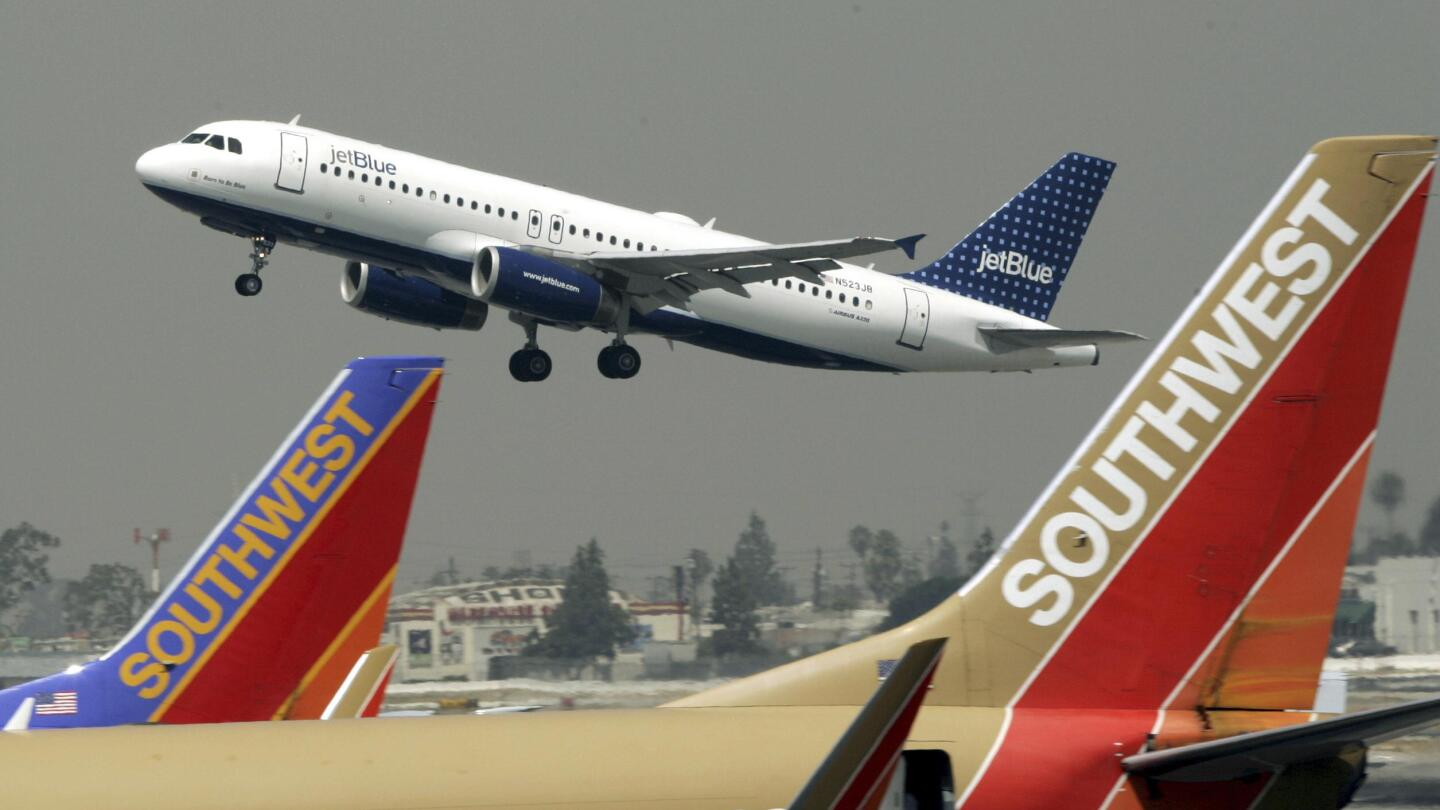
Honorable Mention: Southwest & JetBlue – A Different Kind of Loyalty
Our focus is the traditional elite “status” game, but it’s worth noting not all airlines play that game. Southwest, for example, has A-List status (and A-List Preferred), which gives perks like priority boarding and check-in, but the real gem of Southwest is the Companion Pass. It’s not elite status per se, but if you earn 135,000 points in a year (or fly 100 one-way flights), you get to bring a companion for free on all your Southwest flights for the next year (plus remainder of the current year) – just pay taxes. This blows typical status perks out of the water in terms of value. Many travel hackers consider it the best deal in air travel. It can also be earned via credit card bonuses (e.g. getting two Southwest cards when the bonus is high).
JetBlue’s loyalty program similarly is more straightforward. They have Mosaic status (and Mosaic+ for super-high spenders) which mostly gives you free carry-on, early boarding, free booze on board, and ability to same-day change or Even More Space seats. JetBlue’s benefits aren’t as extensive, and no lounge network or global partners to leverage much (besides a limited partnership with American now).
These airlines illustrate that you can be a loyal customer without the hierarchy. Some people love Southwest because everyone onboard is treated more or less equally (no first class, open seating) – so there’s no “elite snob” culture. You still get rewarded (Companion Pass, etc.), but in a way that fosters sharing travel rather than separating elites from non-elites.
P.S. Where are Alaska & Hawaiian? #StayTuned
Get ready for Part 3 (out of 5) in tomorrow's newsletter, where we tackle the Credit Card Circus: How Banks Let You Buy Perks (and Status) Outright. We’ll explore how airline-branded credit cards are reshaping loyalty programs, letting you buy your way into elite status, perks, and priority boarding—no flying required. Don’t miss this deep dive into the modern-day “loyalty” game!
